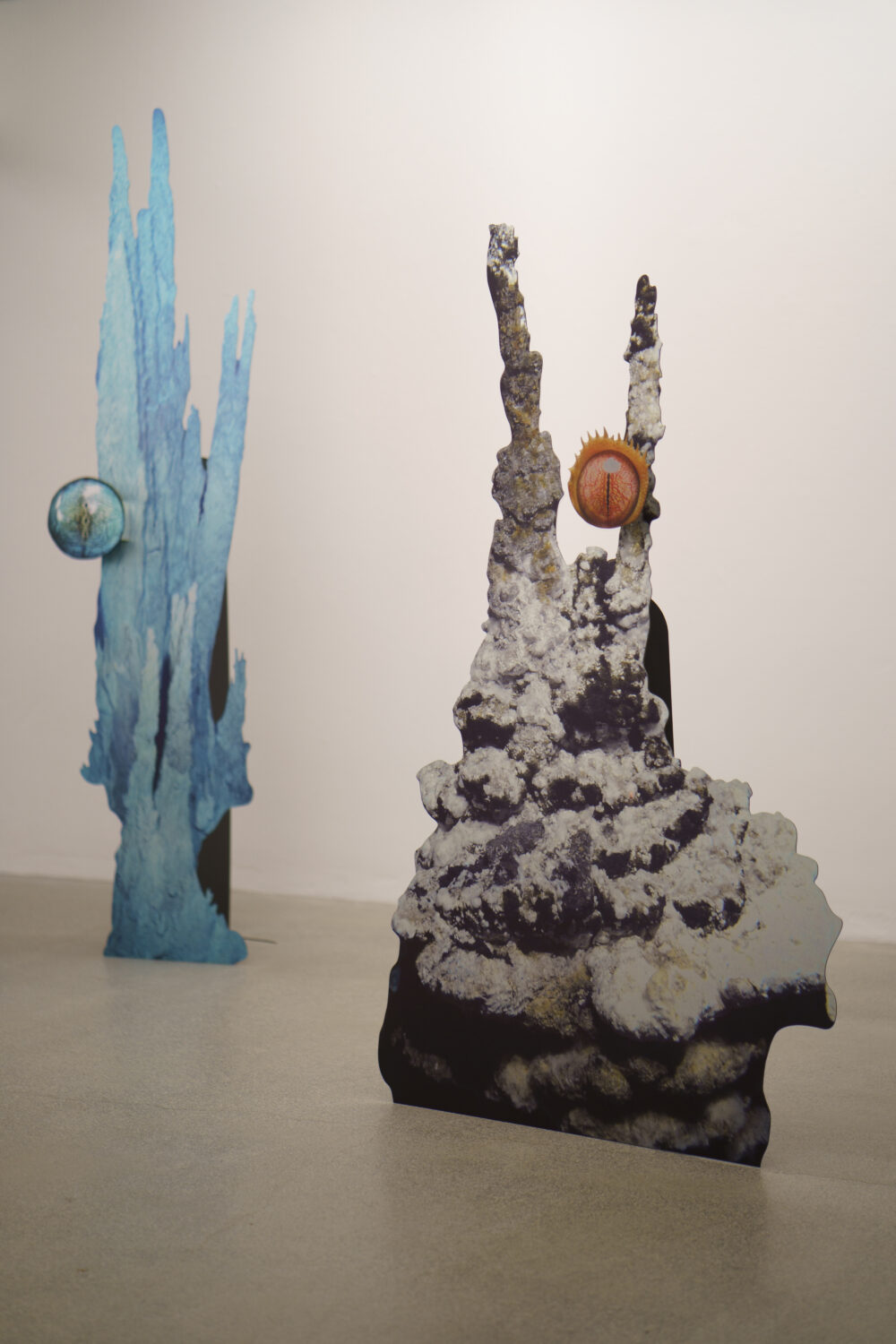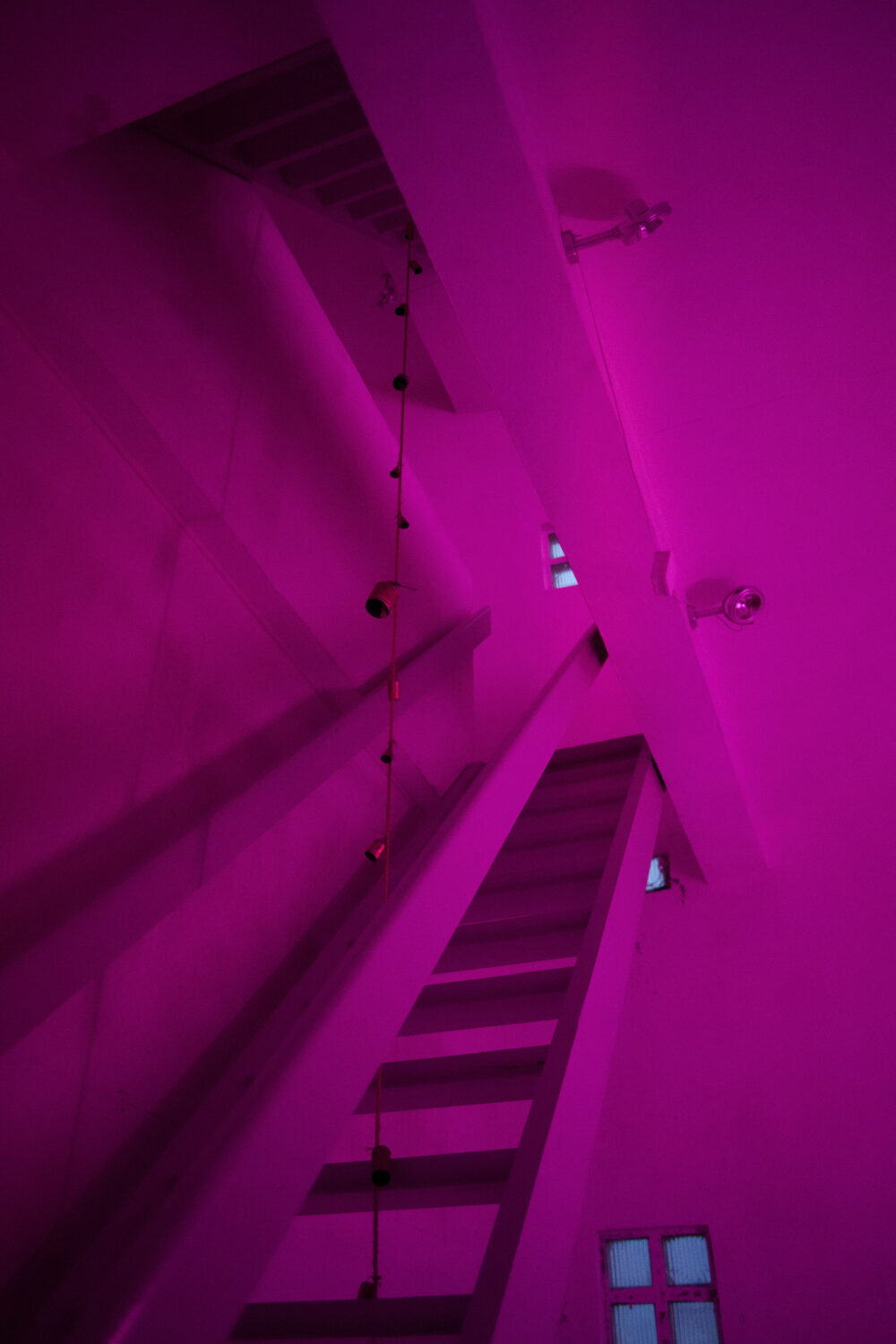Meet the Artists & Curators Behind Sequences Biennial, Reykjavík
By Something CuratedFor ten days in October, Sequences Art Biennial in Reykjavík brought together over fifty of the most exciting artists from the Nordic and Baltic regions, interwoven with international voices. Featuring a central exhibition, split across various institutions – including Kling & Bang, the Nordic House and the National Gallery of Iceland, alongside outdoor artworks around the city and a programme of performances and public activities – Sequences aims to bring visitors together during Iceland’s darkest time of year. This year’s sprawling exhibition was curated by Kaarin Kivirähk, Marika Agu, Maria Arusoo, and Sten Ojavee from the Estonian Centre of Contemporary Art.

The programme’s intriguing title, Can’t See, originates from a sculpture included in the show. Curator Kaarin Kivirähk tells Something Curated: “Can’t See is derived from a work by Estonian artist Edith Karlson. The first meaning of this title is the idea that as people we often don’t see the results of catastrophes, such as climate change, while living for example in a city or watching something only from the news. The exhibition provides imaginary glimpses into the spheres which are not accessible for the human eye, such as the depths of the ocean, inside the soil or the centre of the Earth, spaces that are usually hidden from us.”
Kivirähk continues: “The show is set in Reykjavík during the darkest time of the year in Iceland, and darkness also has a cultural importance in Estonian culture where for thousands of years, people once had to live for half of the year in darkness – and much of the traditional as well as contemporary culture deals with this. Now this idea of the darkness and finding one’s way there can also be seen as a metaphor for our current global cultural and socio-economic times in general. While being blindfolded, or not seeing the full picture, you can start using your imagination instead or think differently to fill in the gaps, potentially creating new modes of thinking and existence, so in this sense Can’t See can also have positive connotations.”

Some of the highlights include public installations by Nigerian American artist Precious Okoyomon, who collaborated with American artist Dozie Kanu on an installation at the historic Grótta lighthouse; Estonia-based American artist John Grzninch created a large-scale “harp tower,” channelling local wind patterns into sound. Icelandic-Polish artist Grzegorz Loznikov made a series of ephemeral ice sculptures. And Estonian artist Edith Karlson, who will be representing Estonia at the Venice Biennale next year, created a sculpture depicting a hybrid human-sea creature, imagining what new life forms might emerge from our polluted oceans.
On her work, Can’t See, Edith Karlson explains to SC: “Can’t See is based on everything that people have not been able to, could not or wanted to see by the sea throughout history. The pre-scientific image of the sea was inextricably linked to mythological creatures such as mermaids or sea monsters, embodying the fears and dangers that lurked in the sea. The seas, and especially the deep oceans, were the last undiscovered spaces on earth by humans. Because of their unfit living conditions for humans, they remain as distant and mythical as Space for most of us.”

“At a time when the resources of the world’s oceans, which are in deep crisis, are being used in ever new ways, the so-called blue ecology and humanitarianism deal with getting to know these problems, also inviting to understand and perceive the deep connections between the land and the blue depths. We often prefer to turn a blind eye to the actual state of the seas without delving into the endless details of the threats to marine life,” the artist notes.
On his collaborative work made with Precious Okoyomon, Dozie Kanu tells SC: “Precious and I were both intrigued by the natural forces of the tide and wind. We used that energy as sharp tools for humbling and grounding ourselves. It made us look deeper into the overarching idea and context around what it meant for us to be given the opportunity to intervene with the lighthouse in this kind of playful way. Only accessible when the tide is down.”

Curator Maria Arusoo adds: “Dozie and Precious were seeking something that already existed on-site, which they could amplify. Notions of wind and tide immediately began to resonate with them, forming the basis of their commission for Sequences… This was truly a process-based work where the time spent at Grótta was almost as important as the final piece and one could say that harsh Icelandic nature didn’t only form the piece but also edited it a lot. In the end, we could see and hear 600 bells calling out around Grótta lighthouse, with some of them submerged under the water during high tide, only to reappear when the water receded. During the tide one could access the purple-tinted lighthouse, where we could experience a sound piece… It is beautiful, poetic, and a very sensorial experience that opens your mind.”
Feature image: Precious Okoyomon and Dozi Khanu’s Fragmented sky – wind – fly giving presence to wind at Grótta Lighthouse. Photo by Vikram Pradhan